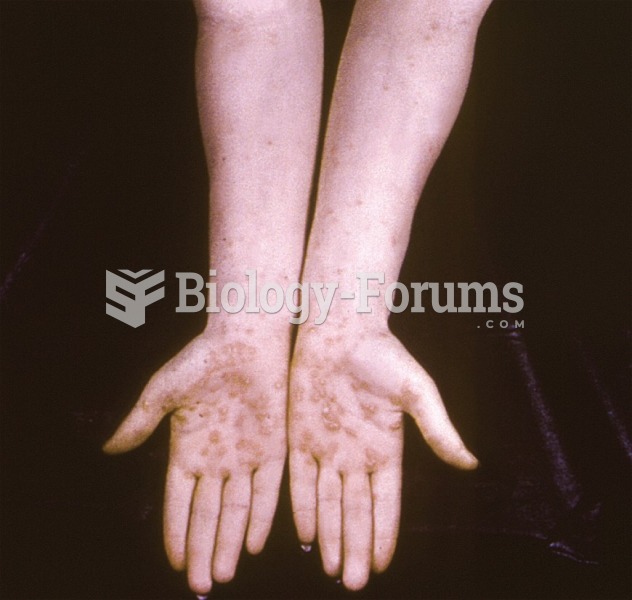Definition for Syphilis
From Biology Forums Dictionary
Revision as of 14:52, 3 August 2011 by Judd (Talk | contribs) (Created page with "Infection with ''Treponema pallidum'', a spirochete, causes syphilis. T. pallidum is an obligate parasite of humans and is transmitted almost solely by sexual contact. It can als...")
Infection with Treponema pallidum, a spirochete, causes syphilis. T. pallidum is an obligate parasite of humans and is transmitted almost solely by sexual contact. It can also be transmitted from a pregnant woman to her fetus, and rarely through blood transfusion. Syphilis has four phases:
- In primary syphilis, a small, hard, extremely infectious '''chancre (lesion) fills with spirochetes at the site of infection and remains for several weeks. In about a third of cases, disappearance of the chancre is the end of the disease.
- In about two-thirds of cases, Treponema invades the bloodstream and causes the symptoms of secondary syphilis, including malaise and a long-lasting contagious skin rash. Rash lesions are filled with contagious spirochetes.
- After several weeks or months, the rash disappears and the patient enters an asymptomatic stage called latent syphilis. The majority of cases do not advance further.
- About a third of patients advance to tertiary syphilis, a hyperimmune response characterized by swollen lesions called gummas on the skin or other organs, destruction of cardiovascular or central nervous system tissue, personality changes, insanity, or blindness.
When Treponema crosses the placenta from an infected mother to her fetus, congenital syphilis results. Spontaneous abortion may occur, or the infant may be born with mental retardation or malformed organs. Treatment of all forms except tertiary syphilis is with penicillin G. A vaccine is not available.



